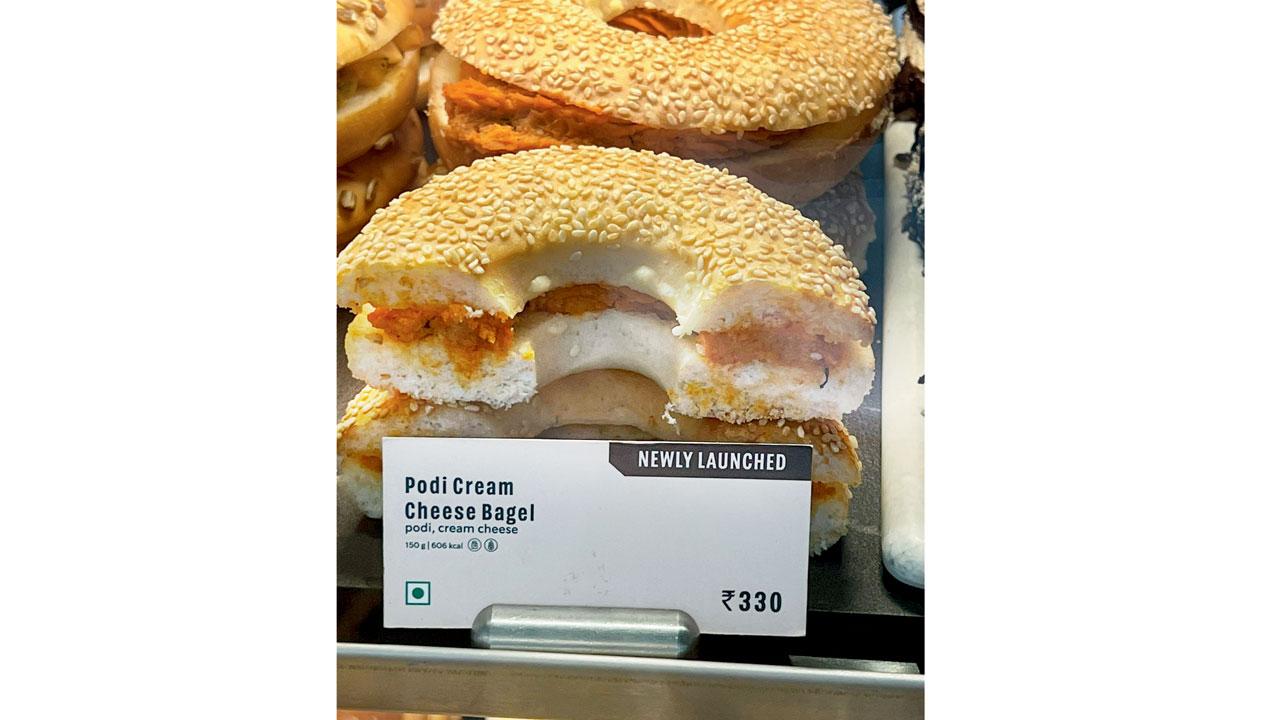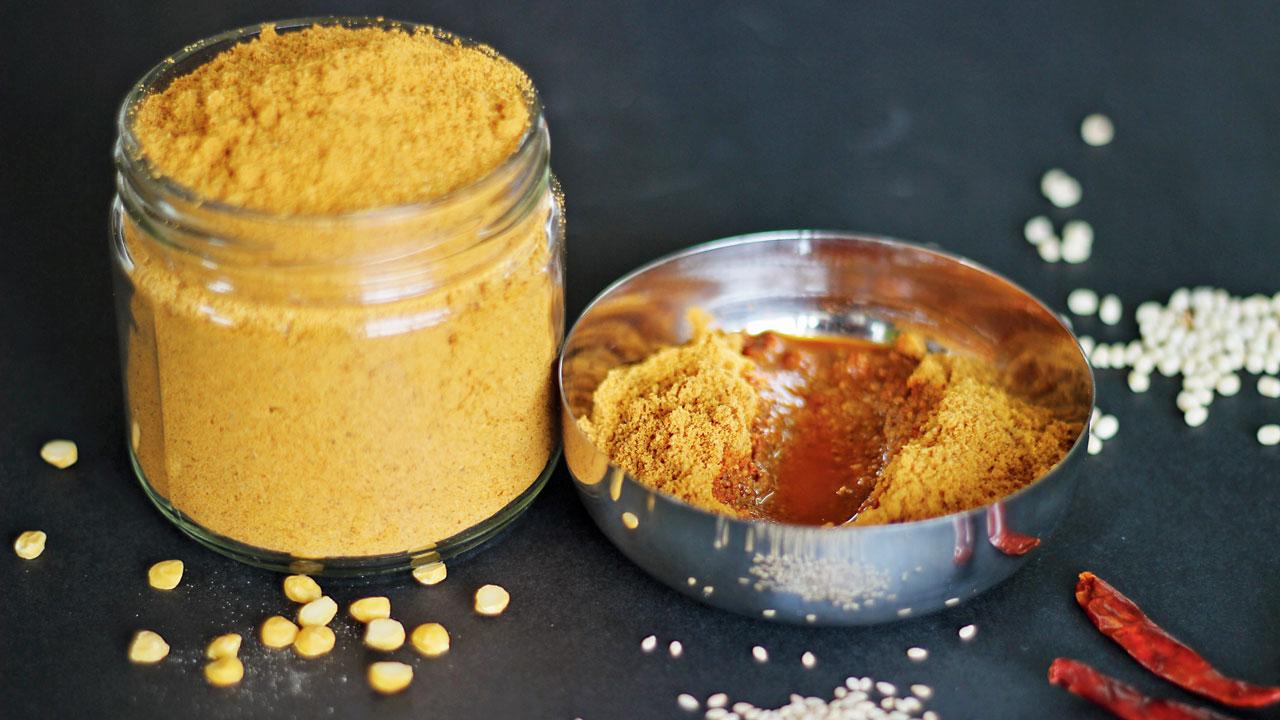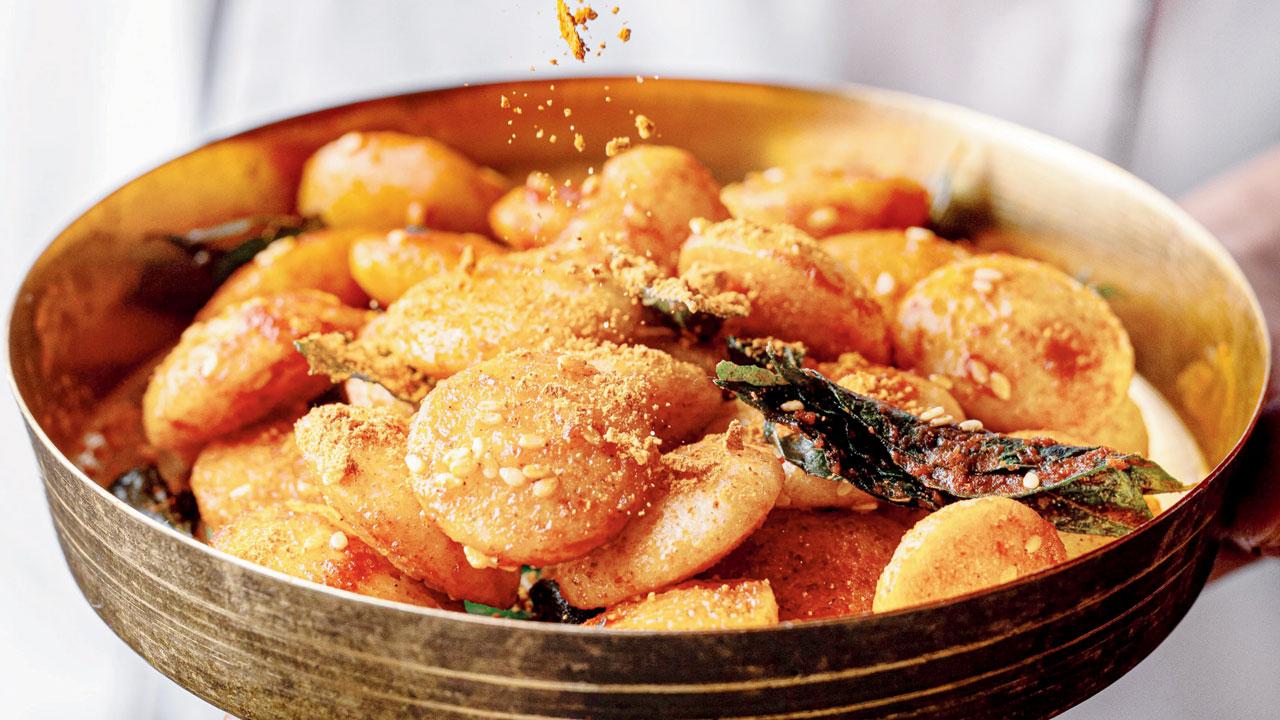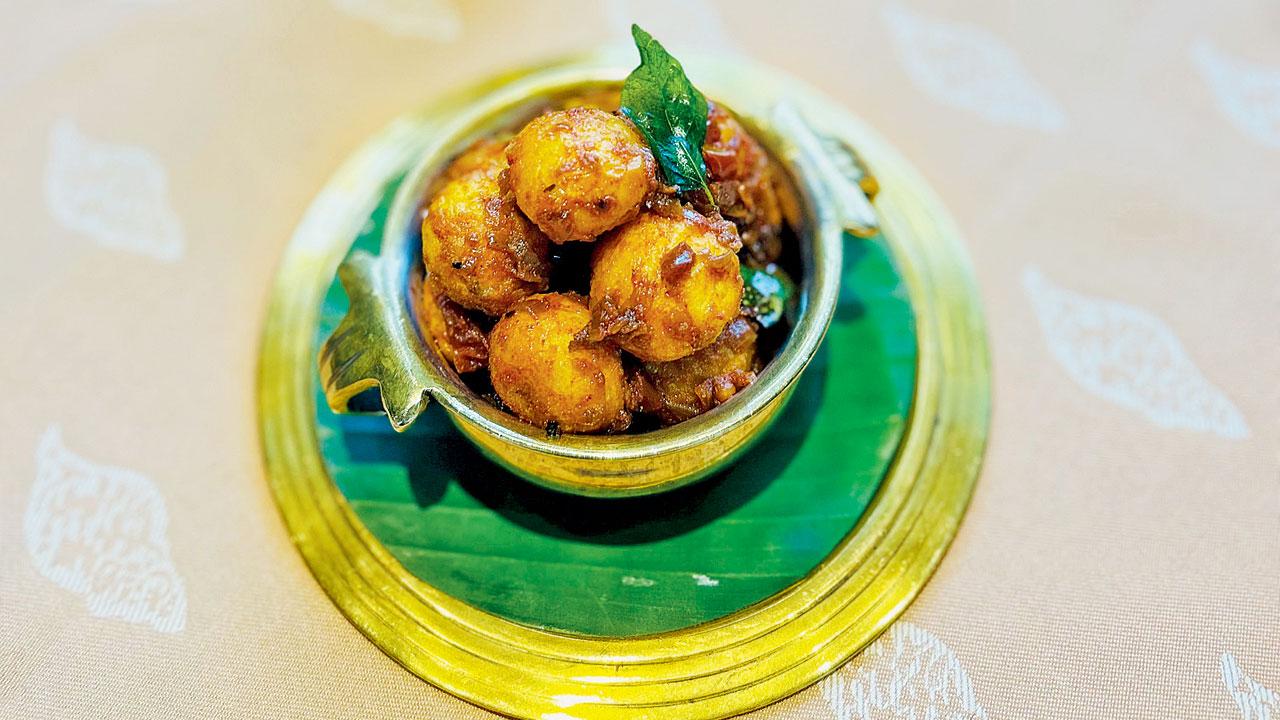Recently, the humble idli podi re-emerged online when netizens commented about a podi cream cheese bagel that is part of a popular café chain’s menu. Chefs decode its importance in South Indian cuisine, and their favourite variations

Representation Pics
The kitchen staple
Marina Balakrishnan, chef, Oottupura, @thatthalasserygirl
The podi is a very versatile condiment. The term itself means powder, and everything else refers to its role. I use it with idli and dosa, but also with appams. It is a humble accompaniment made with lentils, spices, chillies, but it varies from region to region in the South. In Kerala, we use a variation called the chammanthi podi — roasted coconut, red chillies, curry leaves, and tamarind to add tanginess.

The podi cream cheese bagel. Pic Courtesy/Nishanth_who on X
The podi has a unique flavour even though it uses humble ingredients. This variation comes from the chillies. In Andhra Pradesh, they use the Guntur chillies that give it spiciness. Hence, the name karam podi [spicy powder].
A common presence in every South Indian household, it has a texture — coarse and with a crunch — that makes it beautiful. While the basic recipe remains the same, you need to make it with care. There is a balance that needs to be maintained. It depends on how you want to use the podi. I prefer it as a flavour enhancer, rather than the hero on my plate.

The name gunpowder refers to the explosive taste of chillies the podi is best served with ghee or gingelly oil
The modern world has discovered it late. Although I have recently seen multiple variations of it. There are podi sandwiches, bagels, and I have also noticed some using it with their sourdough breads. I have made breadsticks with podi, and sprinkled it over my raita to add to its flavour.

My pick: I love to use the podi in its traditional way with idlis and dosas, and with appams. When the appams are semi-cooked, I sprinkle the podi over them. This allows the flavour to seep into them. You can pour some stew over it to complement the spice. I also love mixing it with kondattam [mor milagai/ sun-dried chillies] as seasoning for curd rice. After deep frying the kondattam, I crush it on a stone to get a coarse texture. Mix it with the podi and add it to the thayir sadam seasoning. There is also the alternative of using it as a layer for dosa fillings.
Deliciously diverse
Prashant Pallath, restaurateur, partner, Tanjore Tiffin Room
It is commonly called gunpowder. This podi does wonders to idli or any bland fare. What transforms it is the addition of gingelly oil or ghee. The podi idli is one of our most popular starters, even among non-vegetarians. The trick is the combination of the gunpowder and dal and sesame. This adds a distinct flavour to it.

Mini gunpowder idli
In fact, I feel that gunpowder on its own is not tasty. It is only good when you add it to something else. Hence, the addition of dal and sesame. In South India, there is also the vepillakatti, made with tamarind, coconut and chilli. As to its recent fame, I’d say people need to use it more. Food is in constant evolution, even within the same family.

My pick: You can do lots with it. Any dal that is not ground very fine, is coarse to give you a bite, and gives you a spicy kick will add to the podi. The pulse, spice and sesame are key. Every variation in these ingredients will change its flavour. While we have not yet tried it as a dish, it would be interesting to toss chicken in the podi akin to the Chicken 65.
Historical relevance
Prakash Mohanarangan, assistant master chef, Dakshin, ITC Grand Central
Before Independence, Karnataka, Andhra, Tamil Nadu fell under the common state of Madras. So, there was a lot of culinary exchange in terms of recipe and spices. In that sense, the podi is a common denominator in all their kitchens. The more interesting part is the mention of the podi as a condiment in literature from the Sangam times. So, it has been a historical part of the South Indian kitchen. The term gunpowder is more a North Indian take on the spice.

The podi itself often undergoes change. For instance, in the earlier days, I would see many people use the Salem chilli (patta milagai). Now, the Byadgi chilli from Karnataka is the more common ingredient. The reason for the shift is the colour and spiciness that the Byadgi chilli brings to the recipe.
While in its traditional form, it was only used as an accompaniment to idli or rice, it has evolved into a magic masala today. From roasted baby potatoes to bhindi fry, the milagai podi is used to add texture and flavour to any dish.

Baby potato roast
My pick: The best combination remains fried baby potatoes with the podi. The potato is an underrated vegetable in itself. It is simple to bake, and the podi adds
a kick to the blandness of the potato.
 Subscribe today by clicking the link and stay updated with the latest news!" Click here!
Subscribe today by clicking the link and stay updated with the latest news!" Click here!










